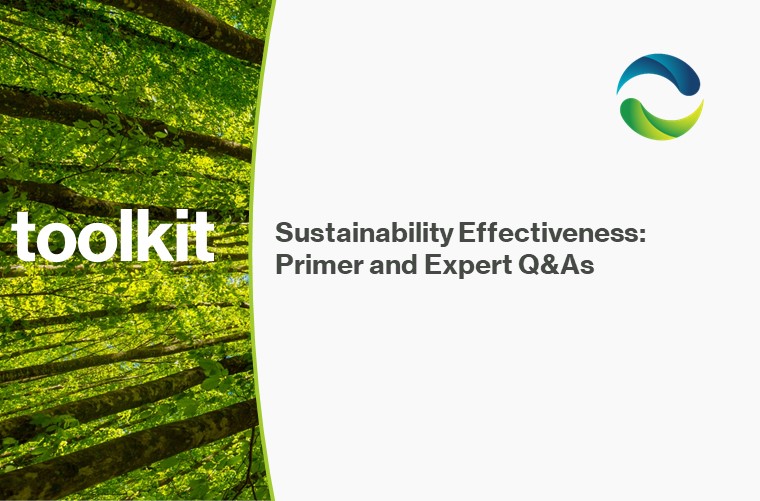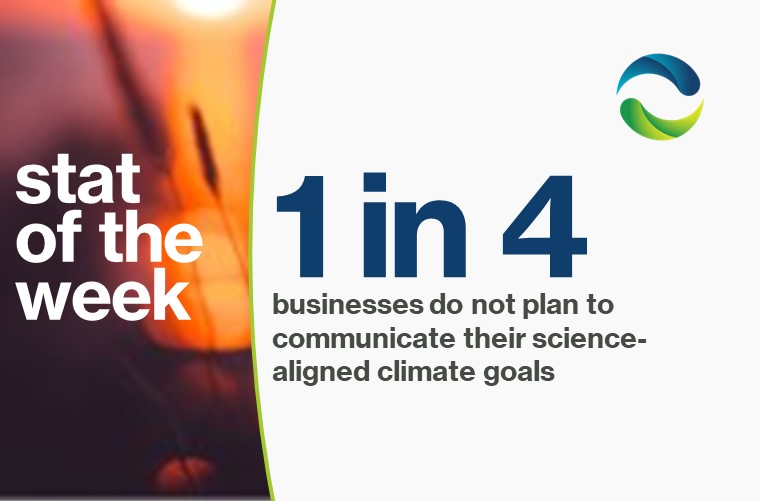Pricing carbon appropriately can help both governments and businesses account for the future impacts of climate change, so a major change to the social cost of carbon is a prompt for companies to revisit their internal carbon prices— or consider implementing one if they haven’t already.
The social cost of carbon (SCC) is a metric used by the U.S. federal government (and many other governments) to estimate the negative external impacts associated with carbon dioxide emissions. The estimate feeds into cost-benefit analyses for all climate-related rulemaking processes. In practice, the Electric Power Research Institute reports that over 65 rules and 81 subrules spanning multiple agencies have incorporated the SCC since 2008, including appliance efficiency standards, fuel economy requirements, and power plant regulations. Because the SCC accounts for the economic damage cause by climate change, it increases the projected benefits of more ambitious climate policies that reduce future emissions.
The Biden administration has planned to update the SCC from the Obama-era calculation of $51 per ton of CO 2 emissions for some time, and a recent study published in Nature concluded that the price should more than triple to $185 per ton. Assuming the Biden administration eventually raises the official SCC significantly, businesses should prepare for climate policy that demands faster, more extensive transformations than before. That doesn’t mean, however, that businesses should be directly incorporating the SCC into their own long-term planning. There’s a different number for that: the internal carbon price.
The social cost of carbon and the internal carbon price are different tools and often different values. The SCC allows agencies to assess the costs and benefits of implementing a particular policy as it relates to CO2 emissions. Internal carbon prices, on the other hand, are often a mechanism to account for climate risk, prompting companies to reduce their emissions over time by valuing the avoidance of regulatory and physical risks. According to a 2021 CDP survey, over 2,000 companies worldwide use or plan to use an internal carbon price, a 43% increase from the previous survey in 2018. The median value of $25 per ton is well below the official or recommended SCC, though some companies reported values over $100 per ton. But that disparity is expected; again, the internal carbon price pushes companies to adapt to climate risk, while the SCC is an externality measurement.
Why do the SCC and this particular study matter for businesses as they set their own carbon prices if they aren’t the same metric? In this case, it’s all about what a massive increase in the SCC implies about the regulatory and physical environment. While the discrepancies between the two partly reflect that they serve different purposes, a tripling of the SCC should set off alarms for businesses to reevaluate their internal carbon pricing (or lack thereof).
Higher internal carbon prices enable companies to nimbly adapt to:
- More stringent climate policies that are justifiable with a higher SCC, and
- Rapidly escalating physical risks; the effects of climate change are arriving more quickly and forcefully than predicted even a few years ago, so the cost to both society and businesses is also greater than previously expected.
If your company hasn’t already been updating its internal carbon price to keep pace with the latest climate and policy forecasting, this new SCC estimate is a blatant reminder.




